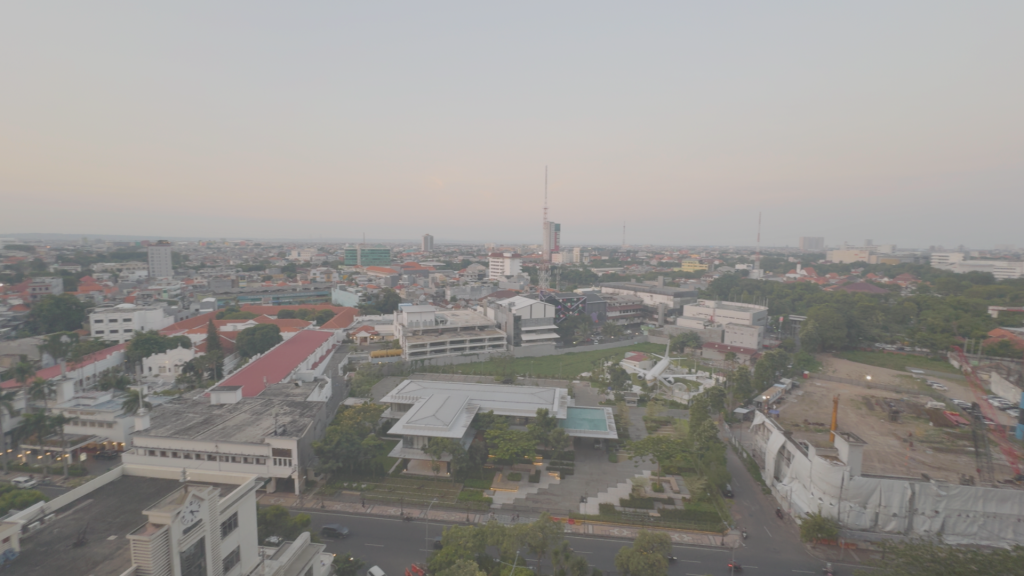When it comes to product-market fit, market often refers to the target user/customer of the business. It’s the market at its most nuclear definition.
What are the characteristics and behaviors of these users? What are these users’ pain points? For some software products, because of how homogeneous the user experience can be at scale, it’s a good enough definition.
But it is clear from comparisons of similar business models across countries that market also refers to the very physical environment and socio-economic dynamics that can influence the way a company executes its business model.
This is important especially for O2O models, like the social commerce business of SuperApp that involves developing and transporting fast-moving and retail goods across communities in tier-2 cities to rural Indonesia.
A visit to the heart of their operations in Surabaya unveiled several examples of how various aspects of the market beyond the users themselves can impact the business.
(1) Disparities present opportunities for innovation.
It’s not uncommon to see across the road from rundown suburban areas with small mom-and-pop shops / tokos (selling everything from rice to gas), new housing and commercial developments, especially in Western Surabaya, where much of the development has shifted from the East. This is characteristic of a rapidly evolving city is the texture of having different landscapes within minutes of each other. While the city has the largest GDP after Greater Jakarta, the gap is still quite massive (around 5x), GDP/capita is still shy of US$5K, and minimum wages are still significantly lower.
There is a clear disparity that could easily become more significant as certain areas in the city are developed more than others. Closing this disparity, at least when it comes to the selection and prices of fast-moving goods for consumers, has been the mission of Super from the very beginning.

(2) No change is too small.
Developments as simple as a new highway being constructed that shortens travel time from the airport to a key warehouse for example can be instrumental in rethinking growth for a business.
(3) Markets are dynamic characters.
A lot of stores closed amidst the height of the pandemic but in the years since there has been a revival of retail, restaurants, and coffee shops in the city. Old homes are also being renovated, more so than before the pandemic. This could point towards any number of impacts on a business like Super’s, from competition to more distribution opportunities for their private label products beyond tokos.

These considerations can easily be overlooked when introduced a digital product. Sometimes it may not even be as consequential. But when these products are actually interfaces between users and physical, offline operations (i.e., the transport of goods), then factoring in the market environment can spell the difference for product-market fit.
Paulo Joquiño is a writer and content producer for tech companies, and co-author of the book Navigating ASEANnovation. He is currently Editor of Insignia Business Review, the official publication of Insignia Ventures Partners, and senior content strategist for the venture capital firm, where he started right after graduation. As a university student, he took up multiple work opportunities in content and marketing for startups in Asia. These included interning as an associate at G3 Partners, a Seoul-based marketing agency for tech startups, running tech community engagements at coworking space and business community, ASPACE Philippines, and interning at workspace marketplace FlySpaces. He graduated with a BS Management Engineering at Ateneo de Manila University in 2019.